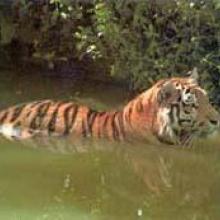
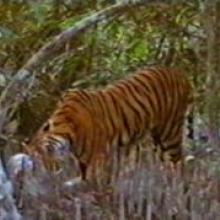

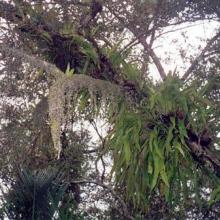

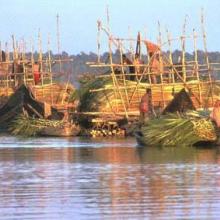
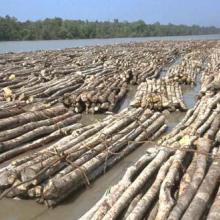



Sundarbans Reserved Forest
- País:Bangladesh
- Número del sitio:560
- Superficie:601,700 ha
- Fecha de designación:21-05-1992
- Coordenadas:22°01'N 89°31'E
Los materiales presentados en este sitio web, particularmente los mapas y la información territorial, se proporcionan tal cual y según están disponibles a partir de los datos de los que se dispone y no implican la expresión de opinión alguna por parte de la Secretaría de la Convención de Ramsar respecto de la condición jurídica de ningún país, territorio, ciudad o zona, ni de sus autoridades, ni respecto de la delimitación de sus límites o fronteras.
Resumen
The Sundarbans Reserved Forest. 21/05/92; Khulna; 601,700 ha, 22°02'N 089°31'E. Reserved Forest, World Heritage Site. At the confluence of the Ganges, Brahmaputra and Meghna rivers, which with the innumerable small channels and creeks flowing into the Bay of Bengal dissect the whole area creating the largest contiguous mangrove forest in the world, the site is a hotspot of rich flora and fauna, home to a number of unique and endangered species of plants, animals like endangered Royal Bengal Tiger (Panthera tigris tigris), vulnerable Pallas Fishing Eagle (Haliaeetus leucoryphus) and Masked Finfoot (Heliopais personata), and critically endangered River Terrapin (Batagur baska), all listed in the IUCN Red Book, rare species of shark (Glyphis gangeticus) and very rich avifauna with 315 species, of which 84 are migratory. Many fish species depend upon this transitional zone between freshwater and saline water pushed by high tides from open sea, for spawning and juvenile feeding. The wetland is remarkable for protection from the tidal surge generated from the cyclonic depression in the Bay of Bengal. Abundant fish and biomass resources are harvested by local communities. Artifacts and festivals within the site have high Hindu religious and cultural importance. Reduction in fresh water flow due to water diversion, the construction of dykes combined with the pollution of the industries and the ports of Khulna and Mongla have affected the plant and fish population. There are 8 research field stations that provide data for ongoing studies and research. Recently an information center was established at Khulna and a management plan is under preparation. Ramsar site no. 560. Most recent RIS information: 2003.
Región administrativa:
Khulna Civil Division
- Designación internacional mundial:
- Sitio del Patrimonio Mundial
- Designación jurídica nacional:
- forest reserve
- wildlife sanctuaries
- Fecha de última publicación:01-01-2003
Descargas
Ficha Informativa de los Humedales de Ramsar (FIR)
Mapa del sitio
Informes y documentos adicionales
- Otras referencias publicadas
